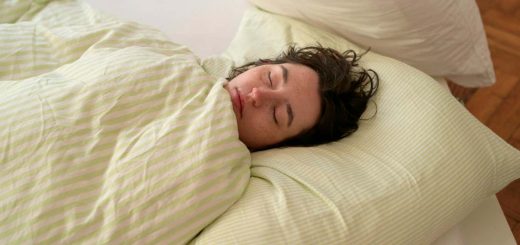Zapping the brain with electricity makes us easier to hypnotise
Electrically stimulating part of the brain makes people more susceptible to hypnosis, which has shown promise for treating conditions such as chronic pain
By Chen Ly
4 January 2024
Hypnosis may involve a therapist leading someone into a deeply relaxed state to try to treat a condition or change their habits
VOISIN/PHANIE/SCIENCE PHOTO LIBRARY
Sending electrical pulses to a specific part of the brain makes people more susceptible to hypnosis. While the research is still at an early stage, this could eventually lead to more widespread use of hypnotherapy for conditions such as chronic pain.
“There are a lot of different ways to treat various disorders and conditions that we have in either psychology or psychiatry,” says Afik Faerman at Stanford University in California. “Hypnosis is one psychological technique that has been shown to be effective for anxiety, depression and particularly pain.”
Previous studies suggest that people who are highly susceptible to hypnosis have greater connectivity between two parts of their brain: the left dorsolateral prefrontal cortex and the dorsal anterior cingulate cortex. They also suggest that stimulating the former region increases this connectivity.
Advertisement
Read more
Doctors are hypnotising people before surgery to help reduce anxiety
Focusing on the dorsolateral prefrontal cortex, located at the front of the brain, Faerman and his colleagues delivered transcranial magnetic stimulation to 40 people with the chronic pain condition fibromyalgia. This was administered as 800 pulses via paddles on their scalps, with the procedure lasting just over 1.5 minutes. The method uses magnetic fields to stimulate nerve cells in targeted tissues.
An additional 40 people with the same condition received a sham treatment. None of the participants were considered to be highly susceptible to hypnosis at the start of the study.


